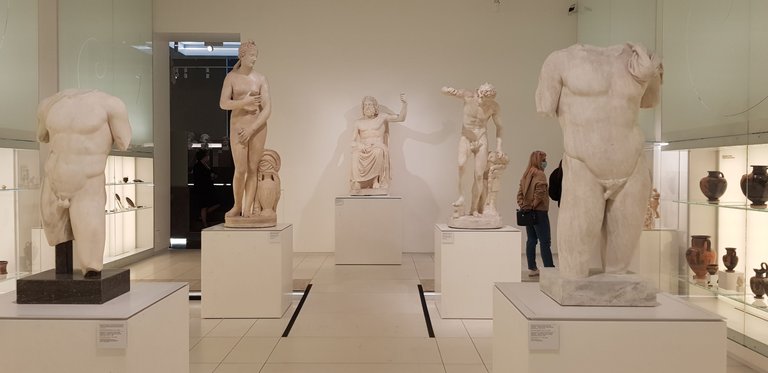
At the exhibition of ancient Greek sculptures at the National Museum, you can see sculptures from several periods: Archaic, Classical and Hellenistic. Each of these periods has different patterns. I liked the Hellenistic times the most, when emotions were captured on the carved faces, and the poses in which the figures were carved were characterized by dynamism. It is much more pleasant to interact with such works of art. Especially when you look at such smiling faces as in the photo below 😉
Na wystawie antycznych greckich rzeźb w Muzeum Narodowym można zobaczyć rzeźby z kilku okresów: Archaicznego, Klasycznego i Hellenistycznego. Każdy z tych okresów charakteryzuje się innymi prawidłami. Najbardziej polubiłam czasy Hellenistyczne, gdy na wyrzeźbionych twarzach uchwycone było emocje, a pozy, w których rzeźbiono postacie cechował dynamizm. O wiele przyjemniej się obcuje z takimi dziełami sztuki. Szczególnie, gdy patrzy się na takie uśmiechnięte twarze jak na zdjęciu poniżej 😉
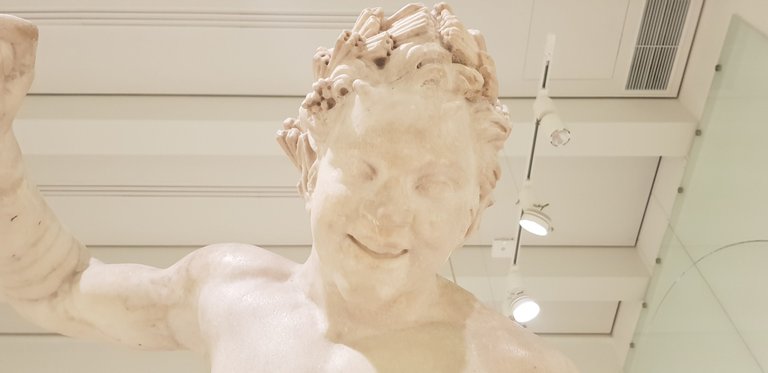
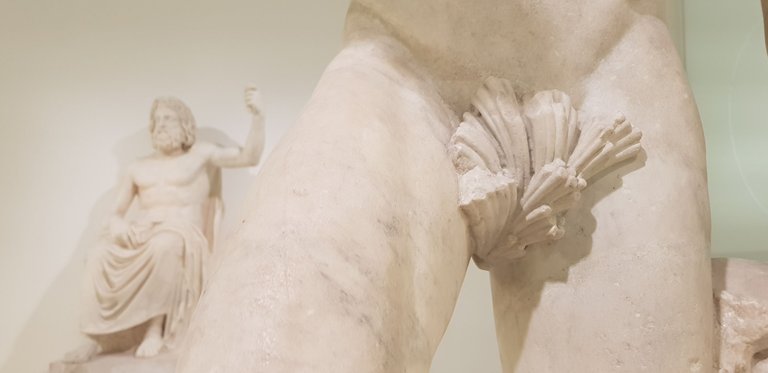
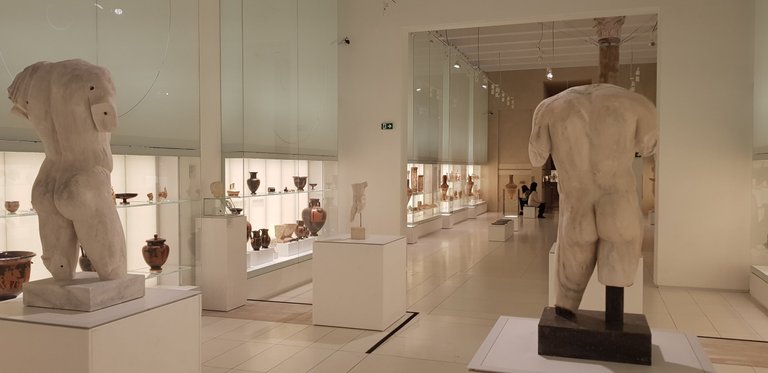
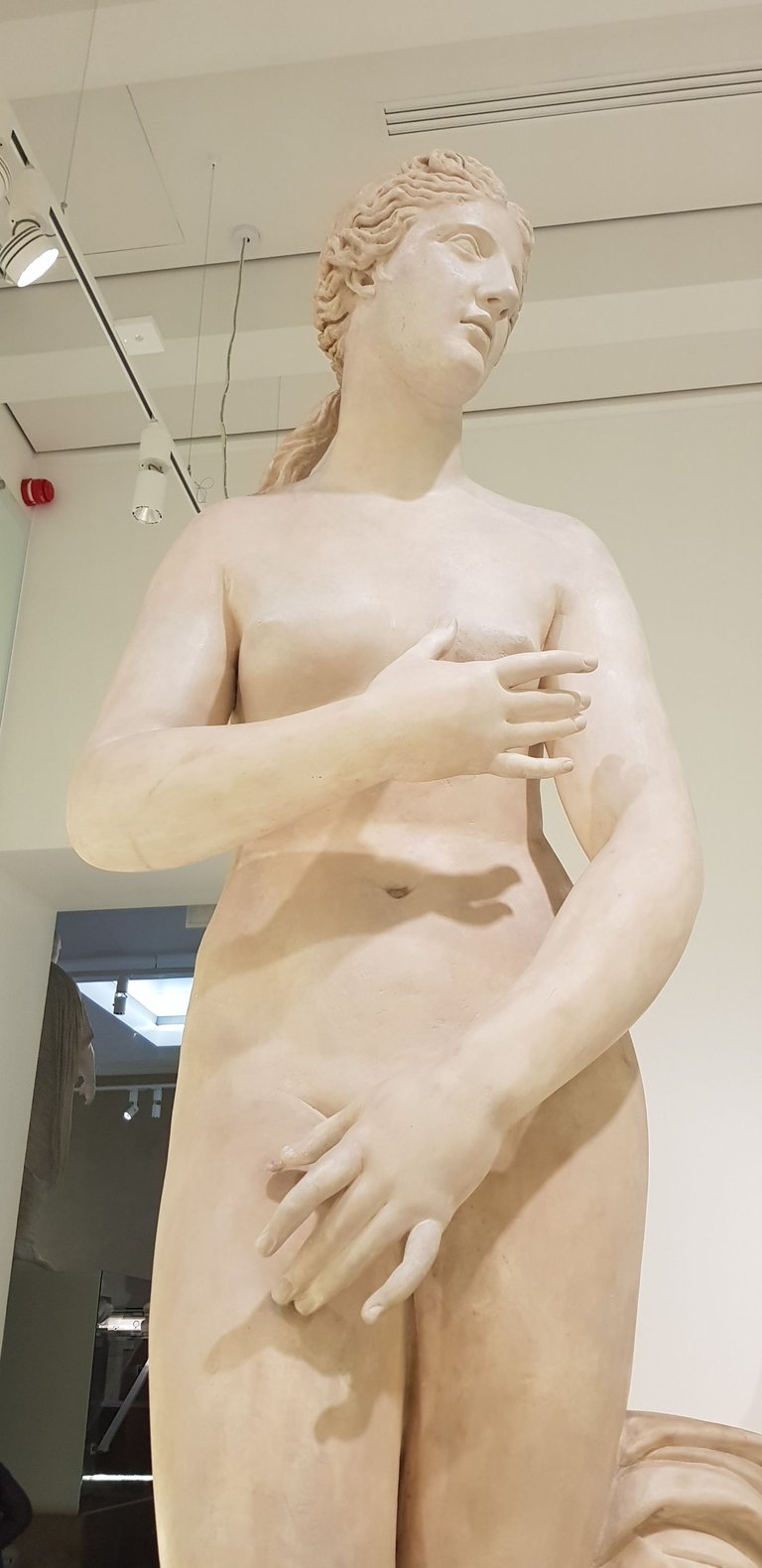
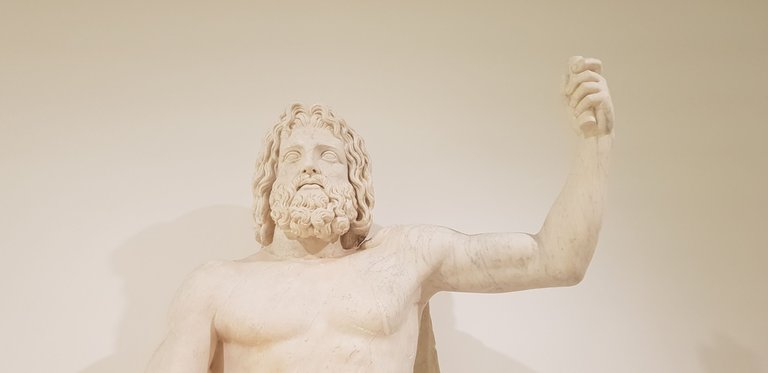
I really liked such balsamariums, i.e. ceramic vessels in which people used to keep fragrant liquids in ancient times. Below you can see a cute balsamarium, in the shape of a hedgehog. I like nature and surrounding myself with objects that somehow relate to nature, so such a hedgehog balsamarium would find a place in my bathroom.
Bardzo spodobały mi się takie balsamaria, czyli naczynia ceramiczne, w których w starożytności ludzie trzymali pachnące płyny. Poniżej możecie zobaczyć słodkie balsamarium, w kształcie jeża. Lubię przyrodę i otaczanie się przedmiotami, które w jakiś sposób nawiązują do natury, więc takie jeżowe balsamarium znalazłoby miejsce w mojej łazience.
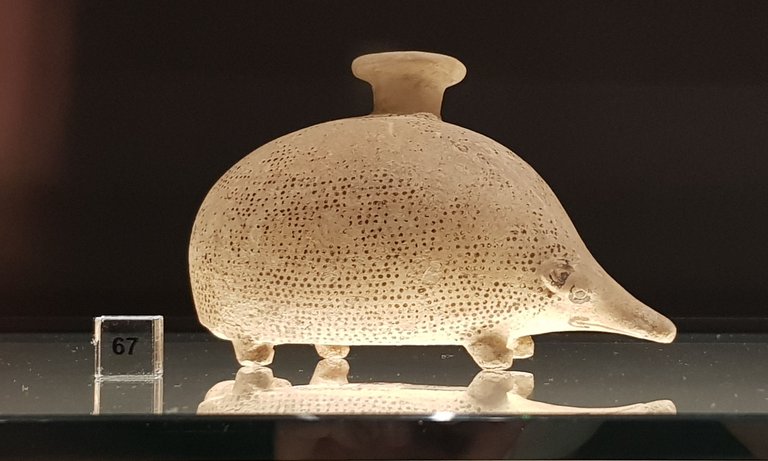
And this is a ram-shaped vessel.
A to naczynie w kształcie barana.
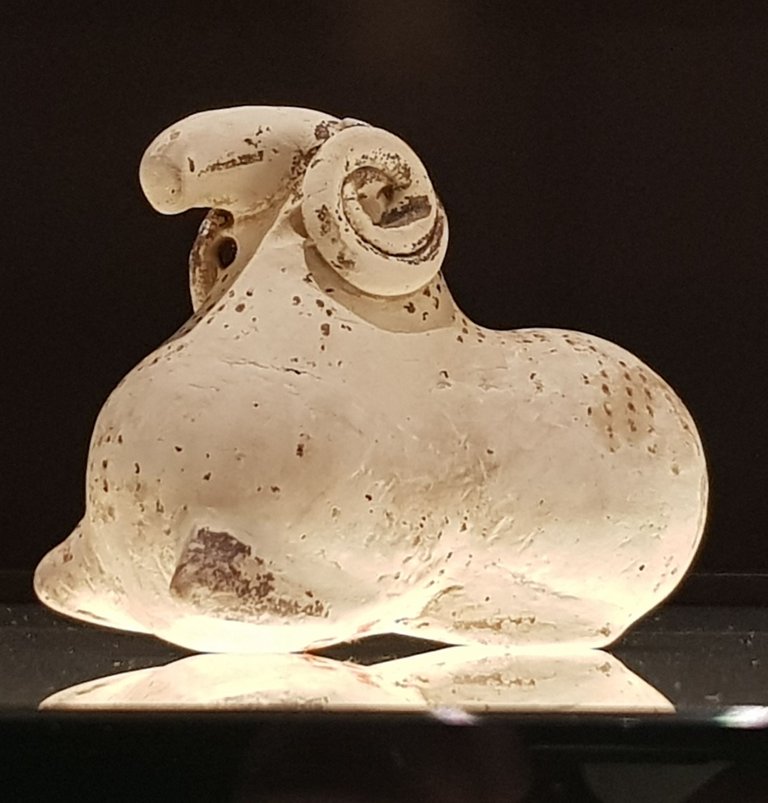
It is also a hedgehog-shaped balsamarium, only Italo-Corinthian. It looks more like a pig to me 😉
To też balsamarium w kształcie jeża, tylko, że italo-korynckie.
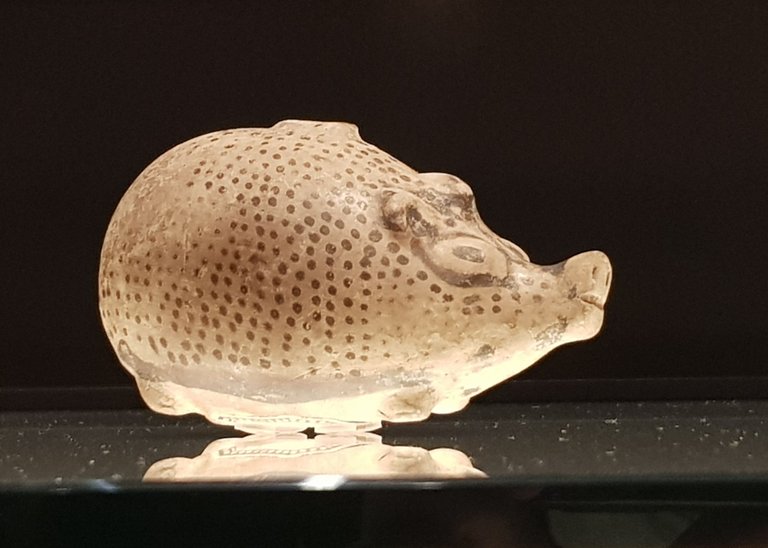
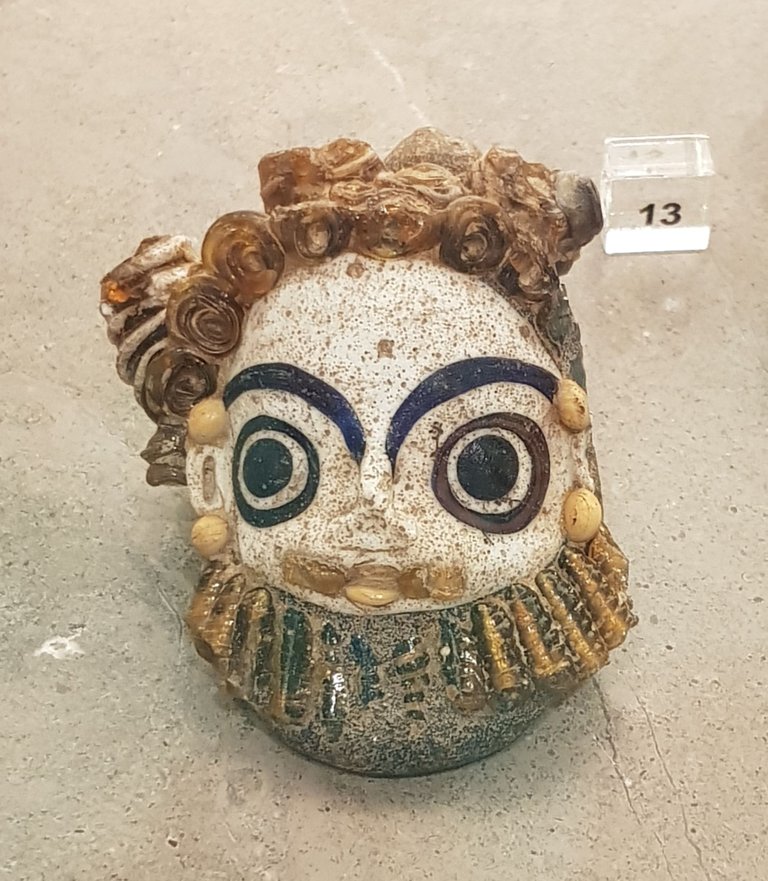
In the middle you can see alabastrons - ancient toilet vessels with interesting decorations. How different did these vessels look compared to the plastic containers in which cosmetics are usually kept today.
Po środku możecie zobaczyć alabastrony - starożytne naczynia toaletowe z ciekawymi zdobieniami. Jak inaczej wyglądały te naczynia w porównaniu do plastikowych pojemników, w których obecnie przeważnie trzymane są kosmetyki.
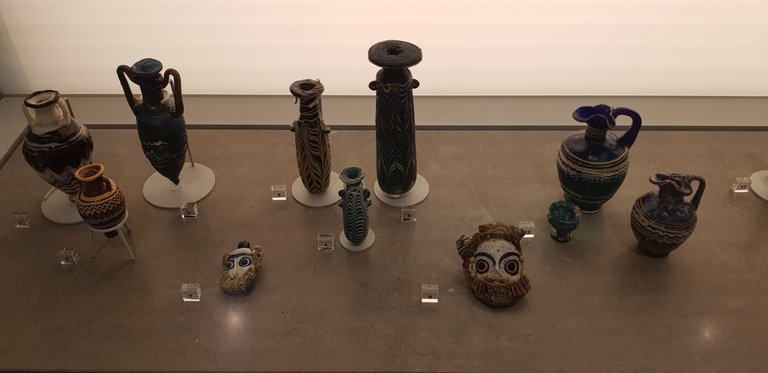
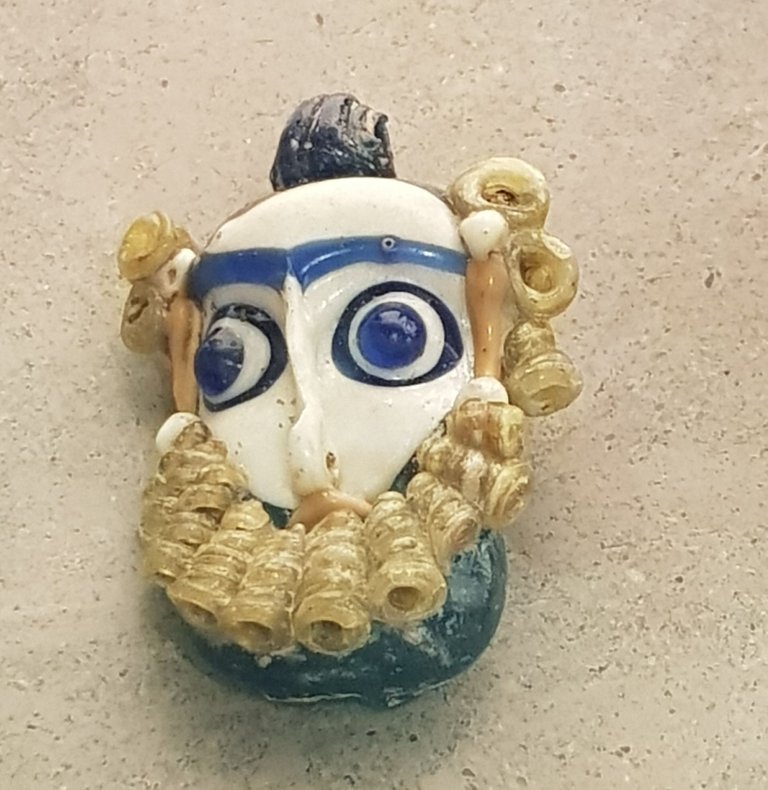
This part of the exhibition is located in a separate room filled with vases. It was dark there and the items were lit. It created a unique atmosphere. I had a leaflet with interesting information about the exhibits. It turns out that "the function of a vessel can be easily determined by its shape, handles and size." Various stories, characters and patterns were painted on the vases. Many times a lot happened on them, for example on one of the amphoras "Peleus giving Achilles to Chiron for upbringing was depicted.
Ta część ekspozycji znajduje się w osobnym pokoju wypełnionym wazami. Było tam ciemno, a przedmioty były podświetlone. Tworzyło to wyjątkową atmosferę. Miałam ze sobą ulotkę z ciekawymi informacjami na temat eksponatów. Okazuje się, że "funkcję naczynia można łatwo określić patrząc na jego kształt, uchwyty i rozmiar." Na wazach namalowane były różne historie, postacie i wzorki. Niejednokrotnie dużo się na nich działo, np. na jednej z amfor przedstawiono "Peleusa oddającego Achillesa na wychowanie Chironowi."
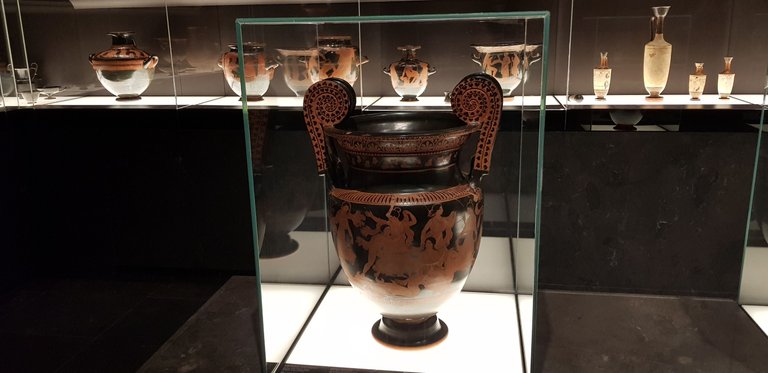
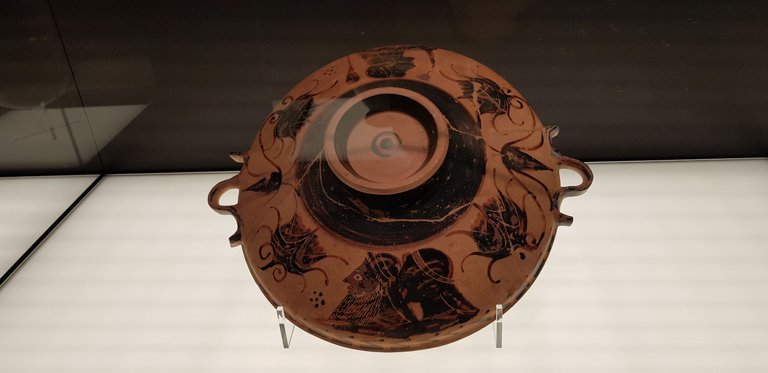
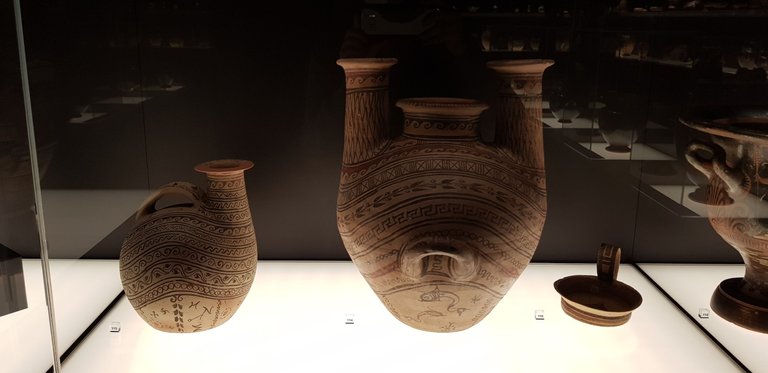
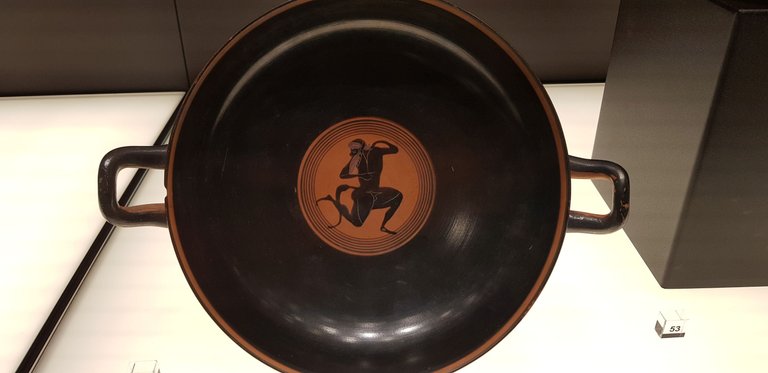
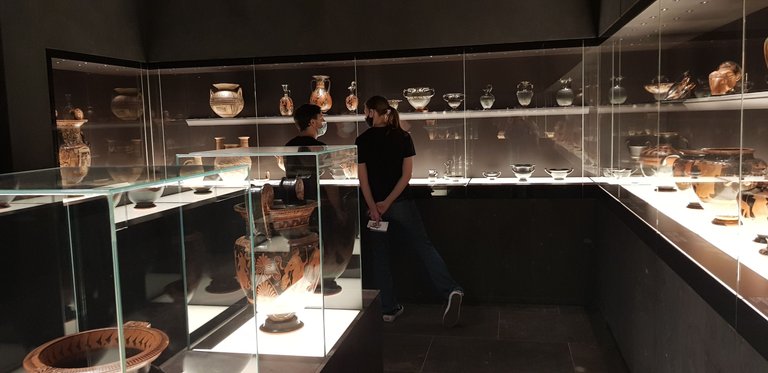
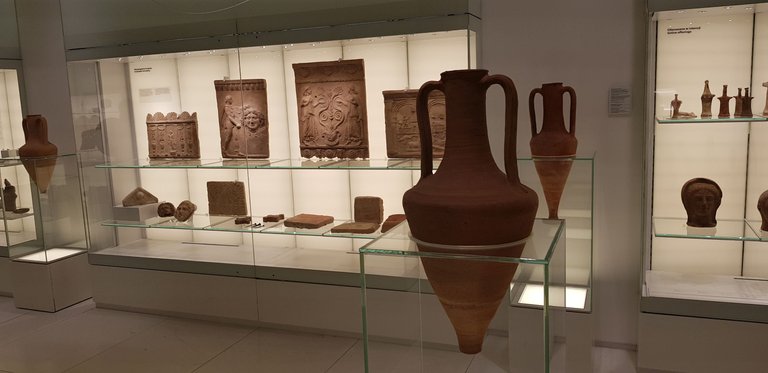
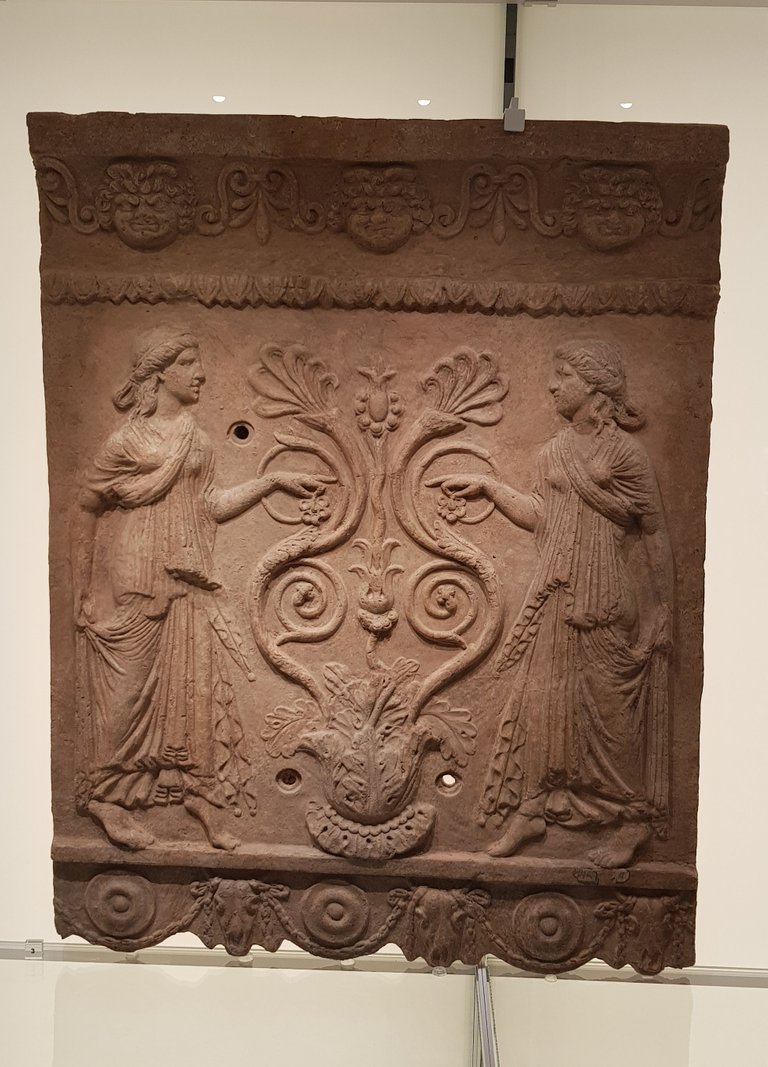
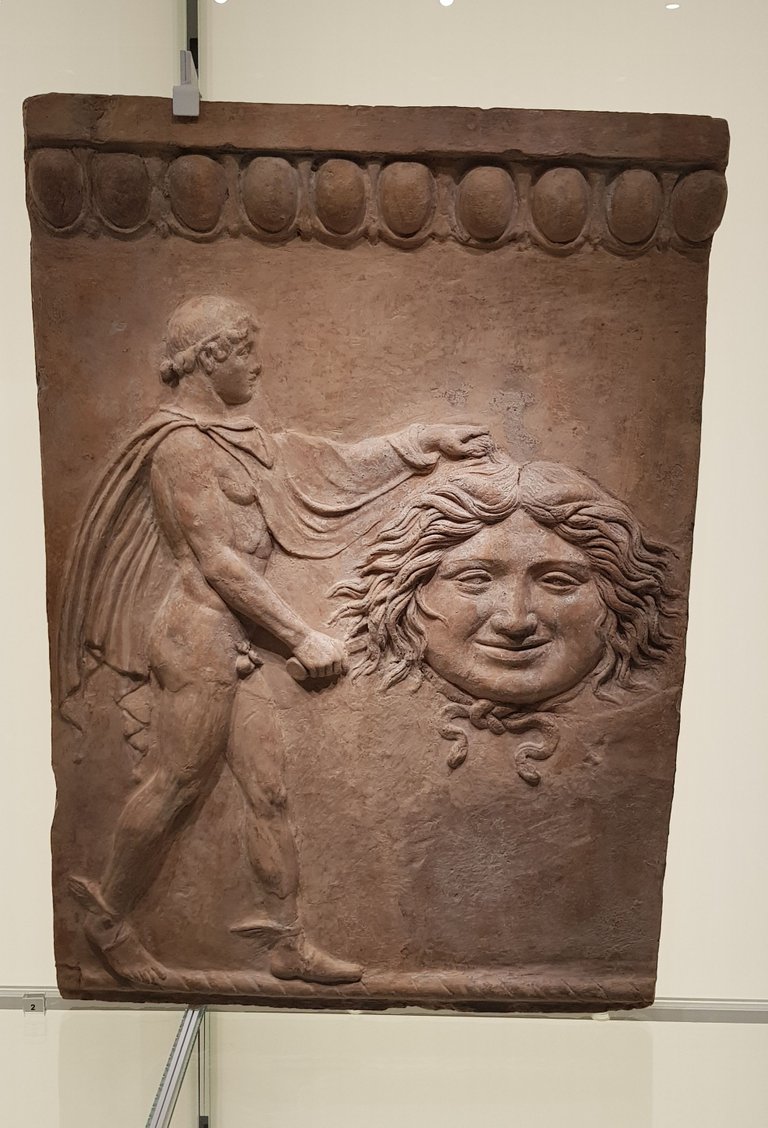
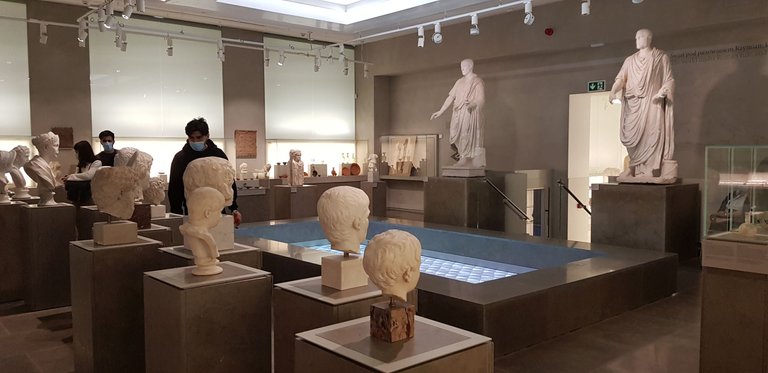
In the last room on the ground floor of the National Museum, there is a section of the exhibition devoted to ancient Rome. When I entered the room with exhibits from the Roman Empire, I saw togati, i.e. statues of Romans wearing togas. Then I saw a multitude of busts depicting portraits of the ancient Romans - both adults and children.
W ostatniej sali na parterze Muzeum Narodowego znajduje się część wystawy poświęcona starożytnemu Rzymowi. Gdy weszłam do pomieszczenia z eksponatami z Cesarstwa Rzymskiego zobaczyłam togati, czyli posągi Rzymian ubranych w togi. Następnie moim oczom ukazało się mnóstwo popiersi przedstawiających portrety starożytnych Rzymian - zarówno dorosłych, jak i dzieci.
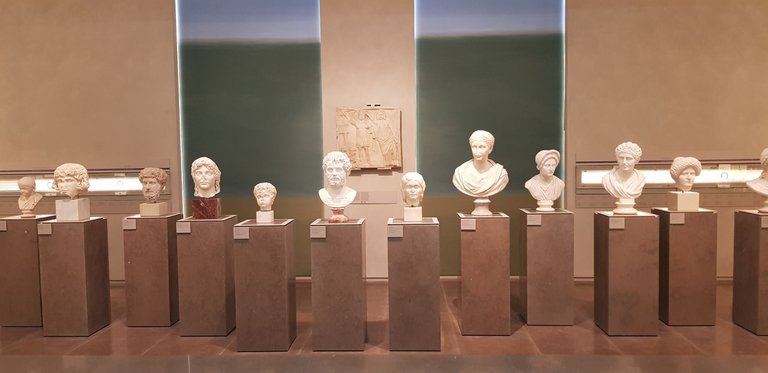
Some of the sculptures were quite peculiar 😉
Niektóre rzeźby były dość osobliwe 😉
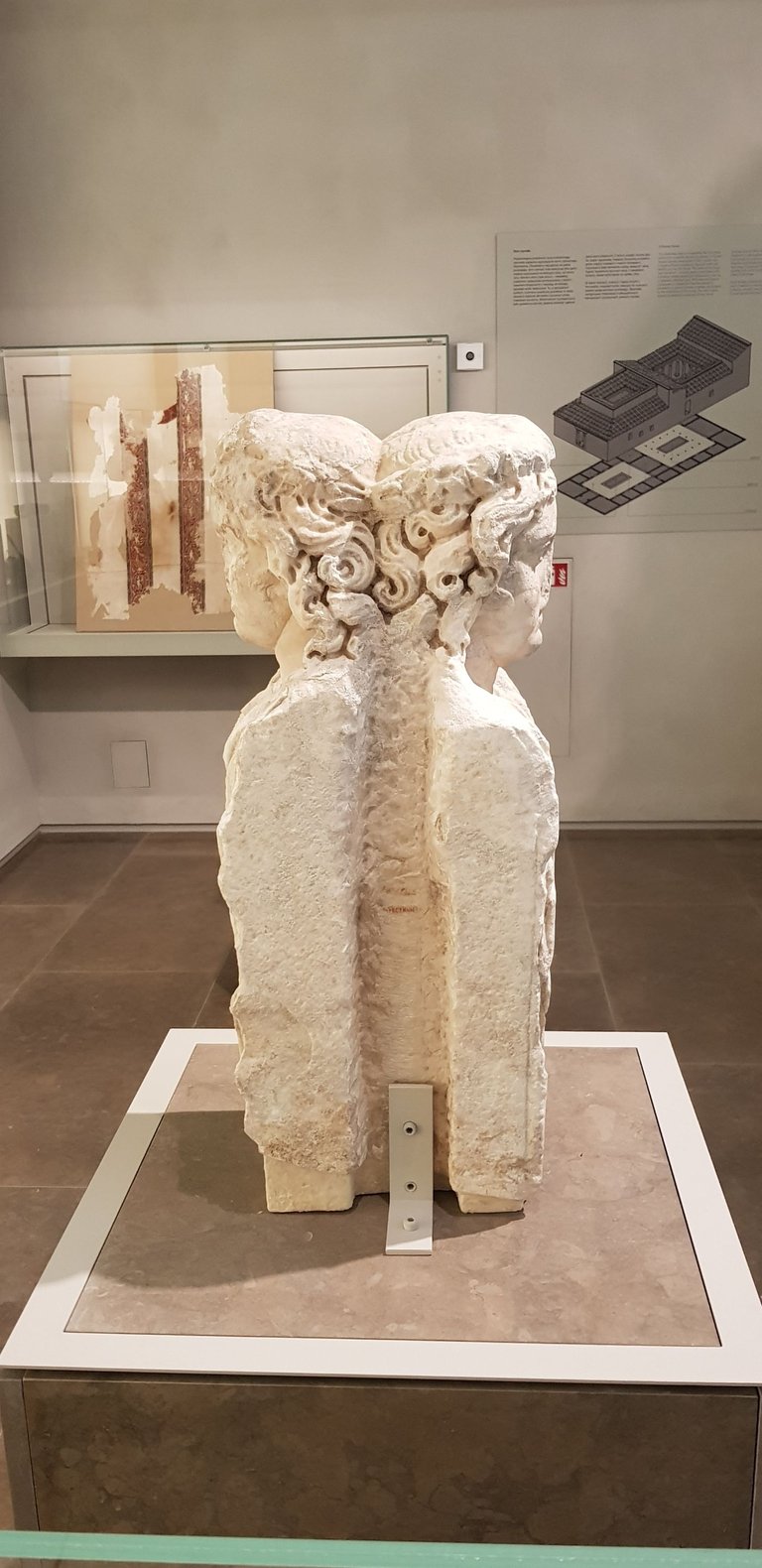
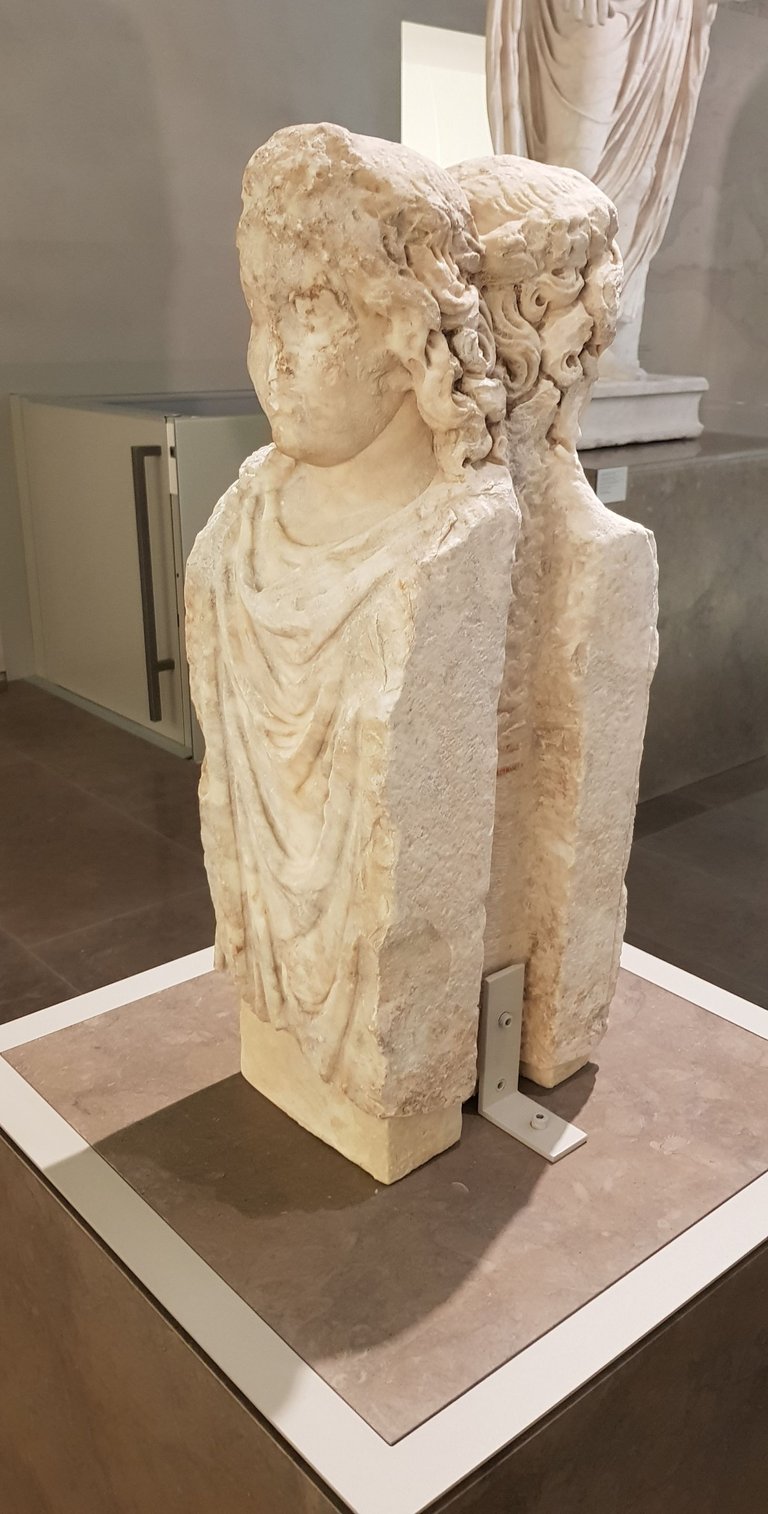
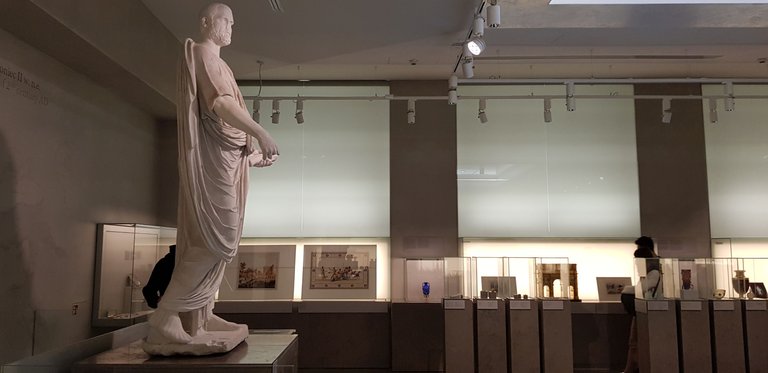
Are you curious what little Romans looked like at that time? These are carved portraits of children from the time of the Roman Empire. The first photo shows a sculpture of a girl, and the second a boy.
Jesteście ciekawi, jak wyglądali mali Rzymianie, w tamtych czasach? Oto wyrzeźbione portrety dzieci z czasów Cesarstwa Rzymskiego. Na pierwszym zdjęciu jest rzeźba dziewczynki, a na drugim chłopca.
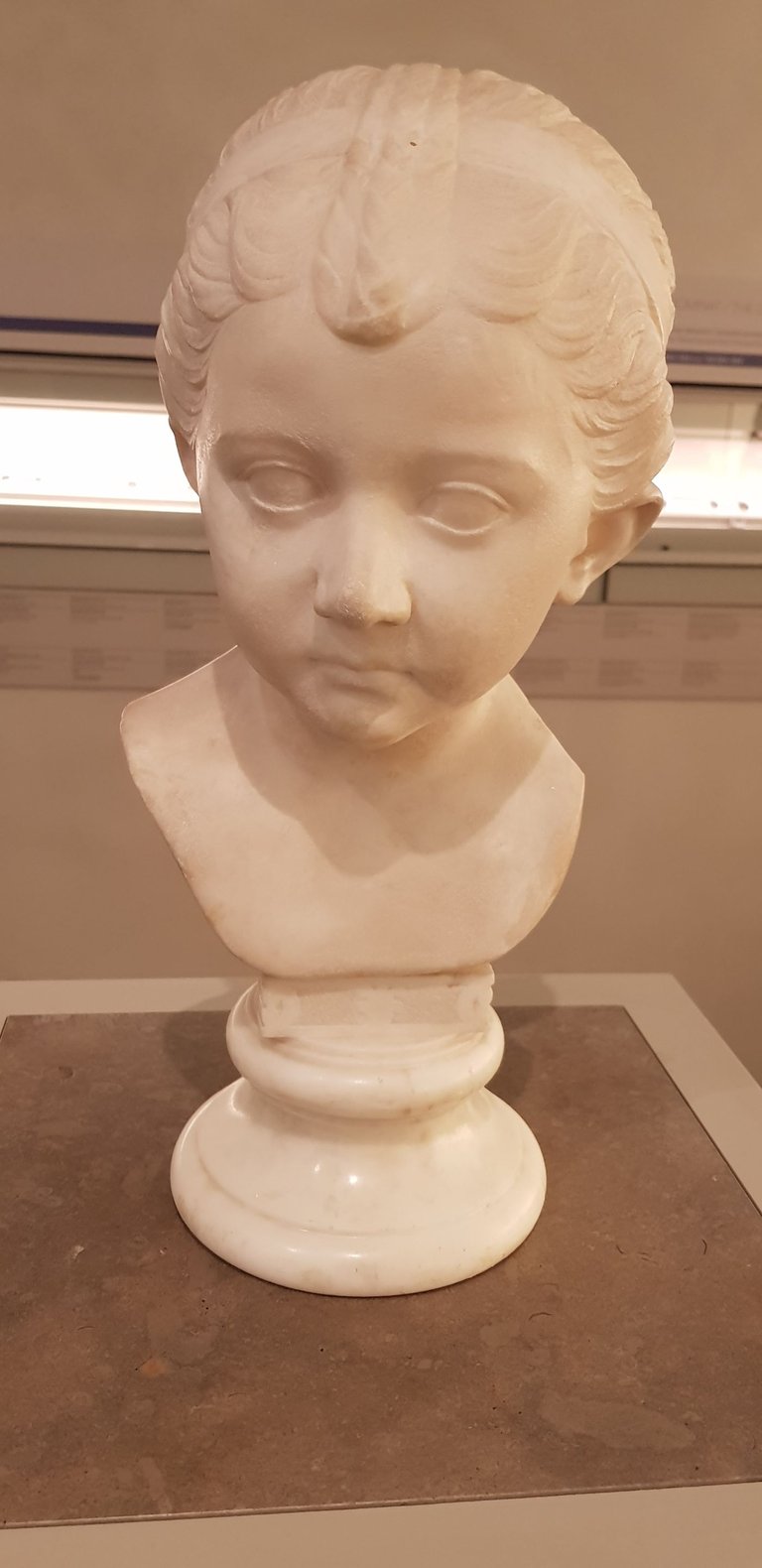
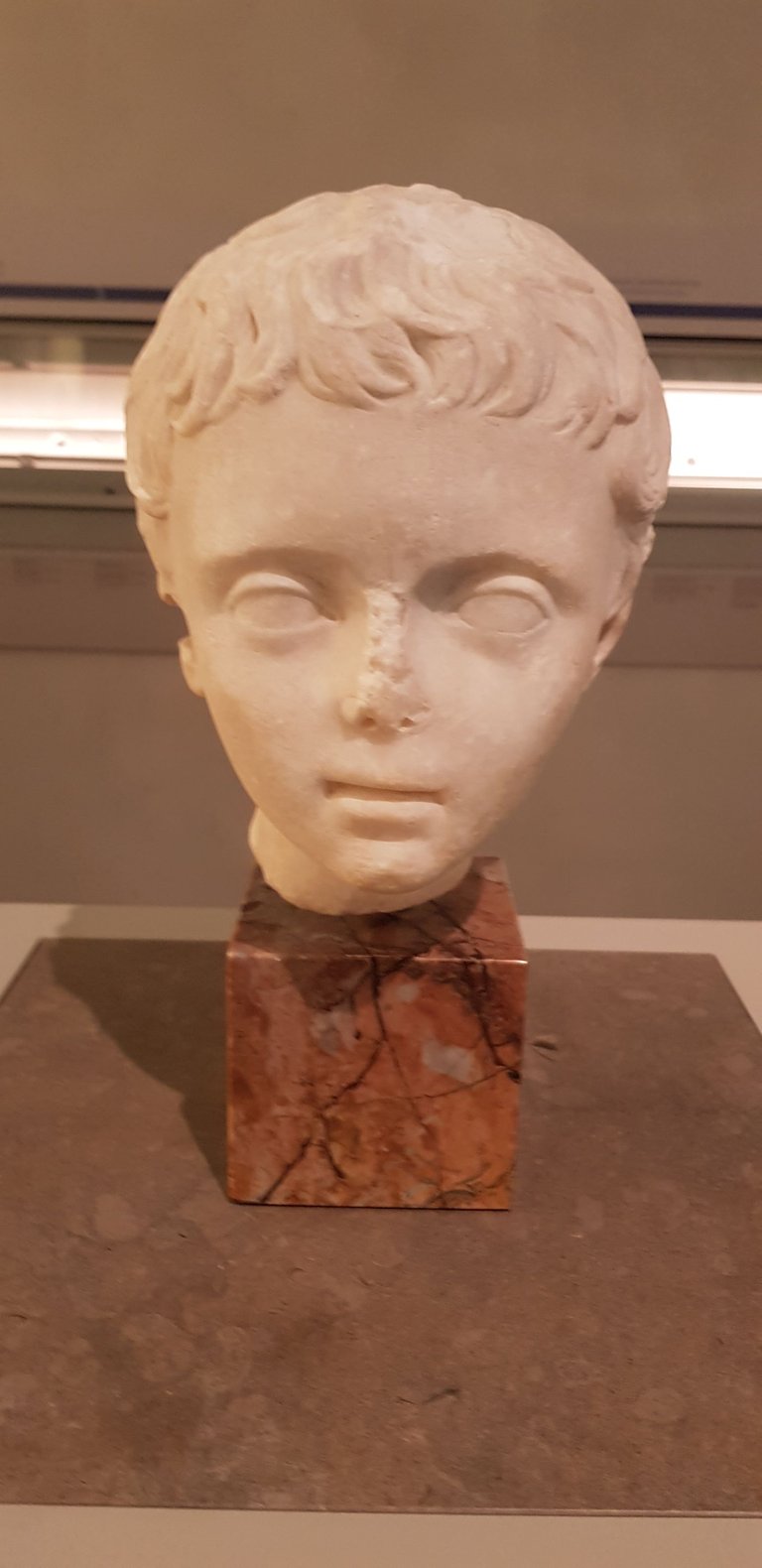
Congratulations, your post has been added to Pinmapple! 🎉🥳🍍
Did you know you have your own profile map?
And every post has their own map too!
Want to have your post on the map too?
Congratulations @katiefreespirit! You have completed the following achievement on the Hive blockchain and have been rewarded with new badge(s):
You can view your badges on your board and compare yourself to others in the Ranking
If you no longer want to receive notifications, reply to this comment with the word
STOPCheck out the last post from @hivebuzz: